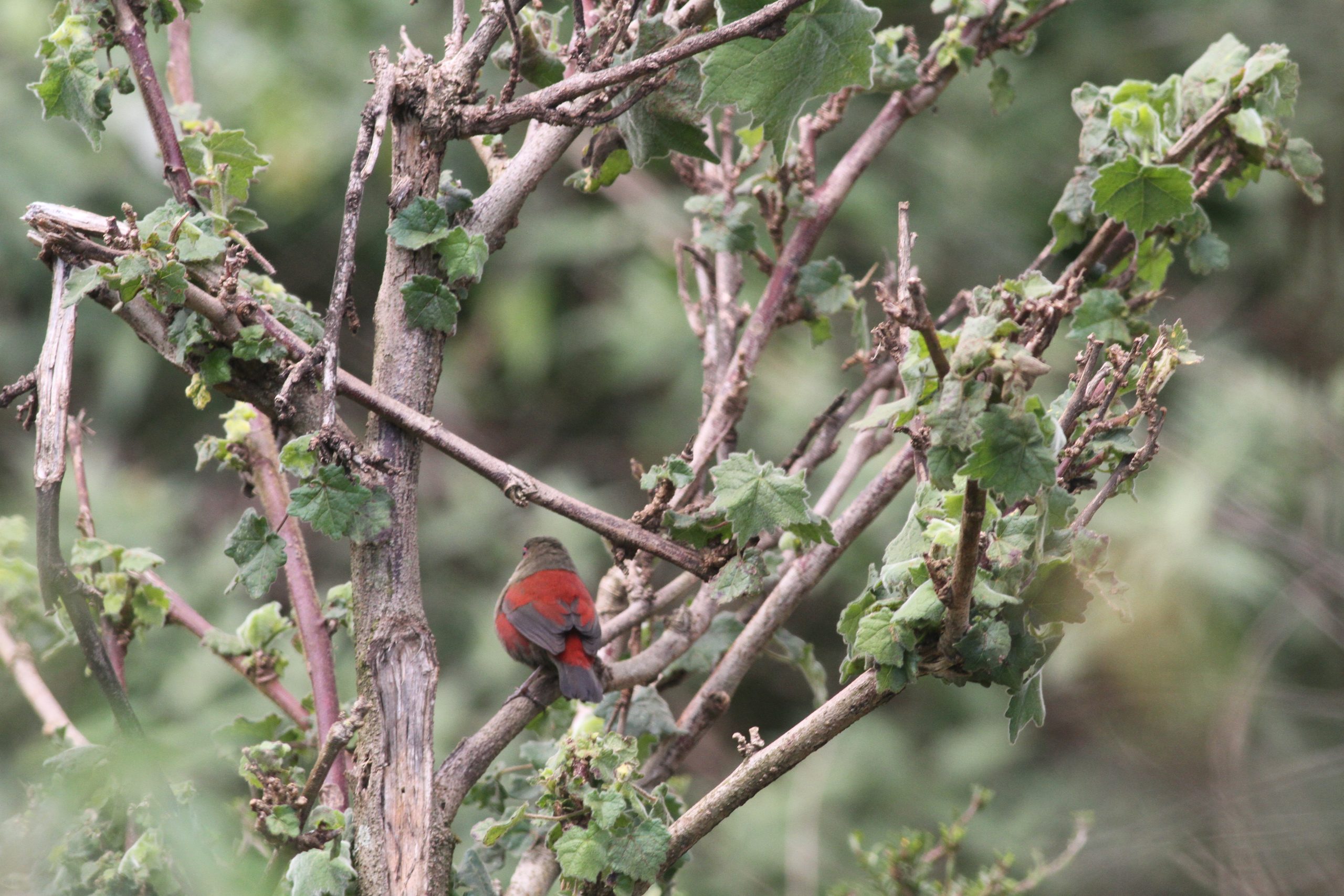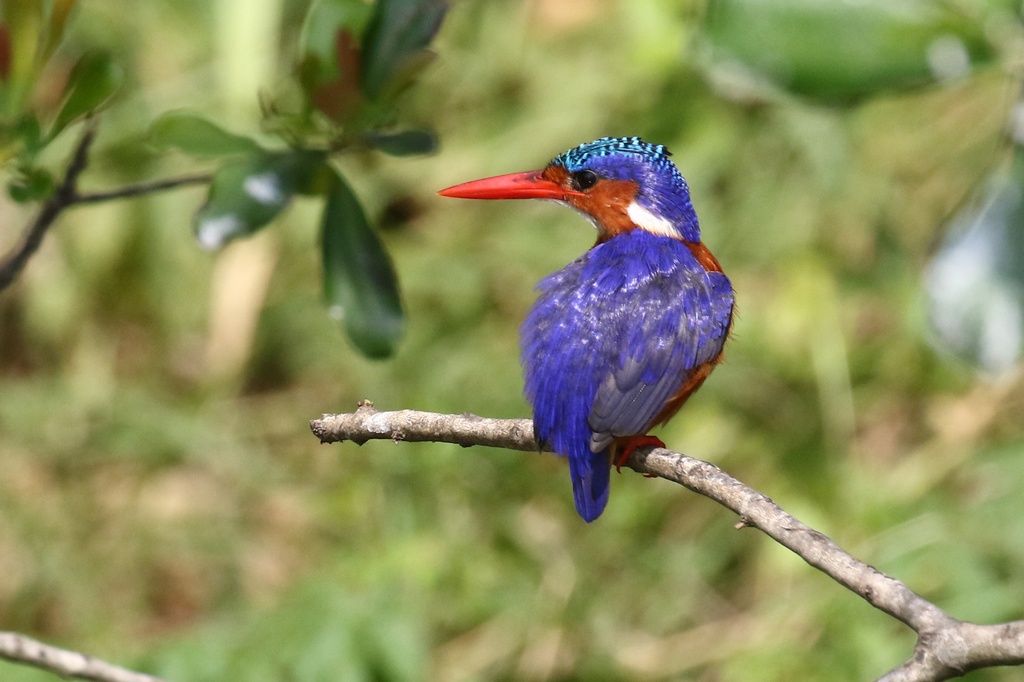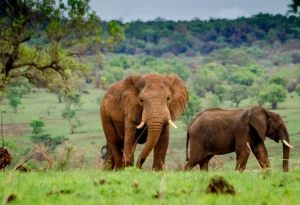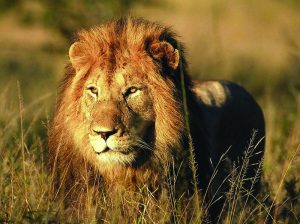Kabale, a picturesque town nestled in southwestern Uganda, is quickly becoming a hotspot for ecotourism—particularly birding. With its lush forests, misty hills, and serene lakes, Kabale offers an unmatched birdwatching experience for both amateur birders and seasoned ornithologists. This guide dives deep into everything you need to know about birding tours around Kabale, Birding Tours Around Kabale

What Are the Top Birdwatching Spots Near Kabale?
Kabale’s location within the Albertine Rift makes it a birding paradise. The region boasts multiple Important Bird Areas (IBAs) and protected reserves that are home to hundreds of bird species. Key birding spots include:
1. Lake Bunyonyi:
Known as the second-deepest lake in Africa, Lake Bunyonyi is dotted with over 29 islands and surrounded by terraced hills. This serene environment provides a habitat for a wide range of bird species, including:
- Grey Crowned Crane (Uganda’s national bird)
- Giant Kingfisher
- Pied Kingfisher
- Malachite Kingfisher
- Hadada Ibis
- African Harrier Hawk
2. Echuya Central Forest Reserve:
Echuya Forest is a montane rainforest located between Kabale and Kisoro. It is considered one of Uganda’s most significant birding destinations due to its rich biodiversity and endemic species. Birdwatchers can expect to see:
- Red-faced Woodland Warbler (endemic to the Albertine Rift)
- Grauer’s Swamp Warbler
- Regal Sunbird
- White-tailed Blue Flycatcher
3. Mafuga Central Forest Reserve:
Located on the border of Kabale and Rukungiri districts, this tropical forest is relatively less explored but equally rewarding for birders. Some species to look out for include:
- Mountain Illadopsis
- African Green Broadbill
- Blue-headed Sunbird
- Dusky Crimsonwing
When Is the Best Time for Birdwatching in Kabale?
Timing is crucial when planning a birding tour. The best time for birdwatching in Kabale is during the rainy seasons—March to May and September to November. During these months, food is abundant, and birds are highly active, making sightings more frequent.
However, the dry seasons (June–August and December–February) offer clearer trails and easier hiking conditions, especially in forested areas. Therefore, the choice largely depends on your preferences—abundance vs. accessibility.
What Should I Pack for a Birding Tour in Kabale?
To ensure a successful and comfortable birdwatching experience, it’s essential to pack wisely. Here’s a comprehensive checklist:
- Binoculars: Preferably 8×42 or 10×42 for clear sightings
- Bird Field Guide: A guide specific to East Africa or Uganda
- Camera with Zoom Lens: For capturing stunning bird images
- Notebook & Pen: For jotting down observations
- Insect Repellent: Protection against mosquitoes and other insects
- Weather-appropriate Clothing: Lightweight layers, rain jacket, and waterproof boots
- Snacks & Water: Stay hydrated and energized during hikes
Are Guided Birding Tours Available in Kabale?
Yes, guided birding tours are readily available and highly recommended, especially for first-time visitors. Tour operators based in Kabale and neighboring towns offer custom packages that include accommodation, transport, park entry fees, and expert bird guides. Guides often have expert knowledge of bird calls, nesting sites, and rare species’ habits—greatly enhancing your chances of sightings.
How Do I Get to Lake Bunyonyi From Kabale Town?
Lake Bunyonyi is located approximately 8 kilometers from Kabale town and is easily accessible by road. The Kabale Lake Bunyonyi Road is the main route and is well-maintained. Transport options include:
- Private Car Hire – Most convenient and flexible
- Boda Bodas (Motorcycle) – Inexpensive but less safe
- Local Taxis – Budget-friendly
If you’re on a guided tour, transport is usually included in the package.
What Accommodations Are Available for Birders in Kabale?
Kabale offers a variety of accommodations that cater to different budgets and preferences. For birders, it’s advisable to stay near key birding spots for early morning access. Recommended lodges include:
- BirdNest @ Bunyonyi Resort – Offers lakefront views and birding right from your balcony
- Arcadia Cottages Lake Bunyonyi – Comfortable lodging with guided birding tours
- Lake Bunyonyi Eco Resort – Eco-friendly and strategically located for birdwatching
All these options provide early breakfast, packed lunches, and birding guides upon request.
What Endemic Bird Species Can Be Found in the Kabale Region?
The Kabale region, part of the Albertine Rift, is home to several endemic bird species not found anywhere else in the world. These include:
- Rwenzori Batis
- Grauer’s Rush Warbler
- Red-throated Alethe
- Collared Apalis
- Kivu Ground Thrush
- Purple-breasted Sunbird
Spotting any of these rare species is a highlight for serious birders and makes Kabale a must-visit destination.
Are There Migratory Birds in Kabale?
Yes, Kabale’s diverse habitats attract a wide array of migratory birds, especially during the Northern Hemisphere’s winter. These birds make seasonal appearances and include:
- Common Sandpiper
- Barn Swallow
- Black Kite
- European Bee-eater
- Yellow Wagtail
The presence of migratory species adds seasonal variety to the birding experience.
How Does Kabale’s Terrain Influence Bird Diversity?
Kabale’s unique topography—comprising lakes, wetlands, forests, and mountainous terrain—supports an incredibly diverse bird population. The combination of highland and lowland habitats ensures that different ecological niches are available. This varied terrain also makes birding tours more adventurous and visually rewarding, as each landscape offers a distinct birding experience.
What Conservation Efforts Support Bird Habitats in Kabale?
Conservation plays a vital role in preserving Kabale’s rich birdlife. Key efforts include:
- Community Forest Management Initiatives: Local communities are involved in forest management, helping protect Echuya and Mafuga forests.
- Eco-Tourism Projects: Lodges and tour operators are adopting sustainable practices to reduce environmental impact.
- Protected Area Status: Many of Kabale’s birding hotspots are under legal protection, minimizing deforestation and habitat degradation.
Such initiatives not only safeguard biodiversity but also provide alternative livelihoods, promoting community-driven conservation.
How Do Local Communities Engage in Bird Conservation?
Community involvement is crucial for successful conservation. Around Kabale, several projects empower locals through eco-tourism and education:
- Training as Bird Guides: Locals are trained to become expert birding guides.
- Handicraft and Souvenir Sales: Community-run shops offer products that support livelihoods.
- Conservation Education: Schools and community centers educate the public about environmental stewardship.
These initiatives create a sense of ownership and ensure long-term sustainability.
Can I Combine Birding With Other Activities in Kabale?
Absolutely! Kabale is not just for birders. You can combine birdwatching with a variety of other exciting activities:
- Gorilla Trekking: In nearby Bwindi Impenetrable National Park
- Cultural Tours: Interact with Batwa communities and learn about their traditions
- Boat Rides: Explore the islands of Lake Bunyonyi
- Hiking: Scenic trails along hills and forests
Combining these activities offers a holistic and enriching travel experience.
Are There Any Birding Events or Festivals in Kabale?
While Kabale does not yet host large-scale birding festivals, regional events like the Uganda Birding Day and World Migratory Bird Day are observed, often with local activities such as:
- Community bird counts
- School-based conservation awareness
- Guided birding walks
Plans are underway to develop more structured birding events in Kabale, making it an even more attractive destination.
Final Thoughts
Kabale is an underrated gem in Uganda’s birding map. From the iconic Lake Bunyonyi to the misty trails of Echuya Forest, it offers a world-class birdwatching experience. With its diverse avian species, endemic birds, rich habitats, and strong community involvement, Kabale has all the ingredients for an unforgettable birding adventure.
If you’re planning a birding tour, now is the perfect time to explore this hidden treasure. With improved infrastructure, eco-conscious accommodations, and passionate local guides, birdwatching in Kabale promises not just sightings but stories you’ll cherish forever.
Whether you’re a twitcher chasing lifers or a nature enthusiast seeking tranquility, Kabale welcomes you with open wings. Birding Tours Around Kabale




